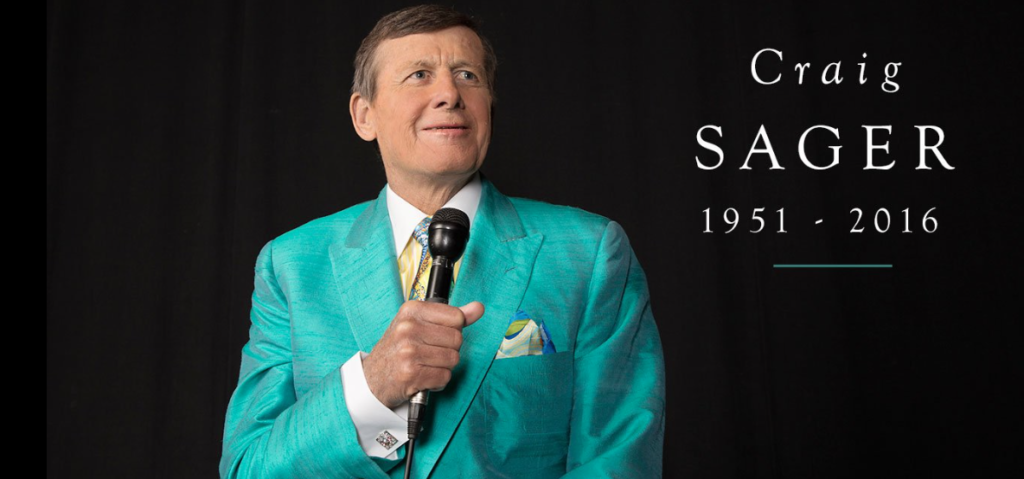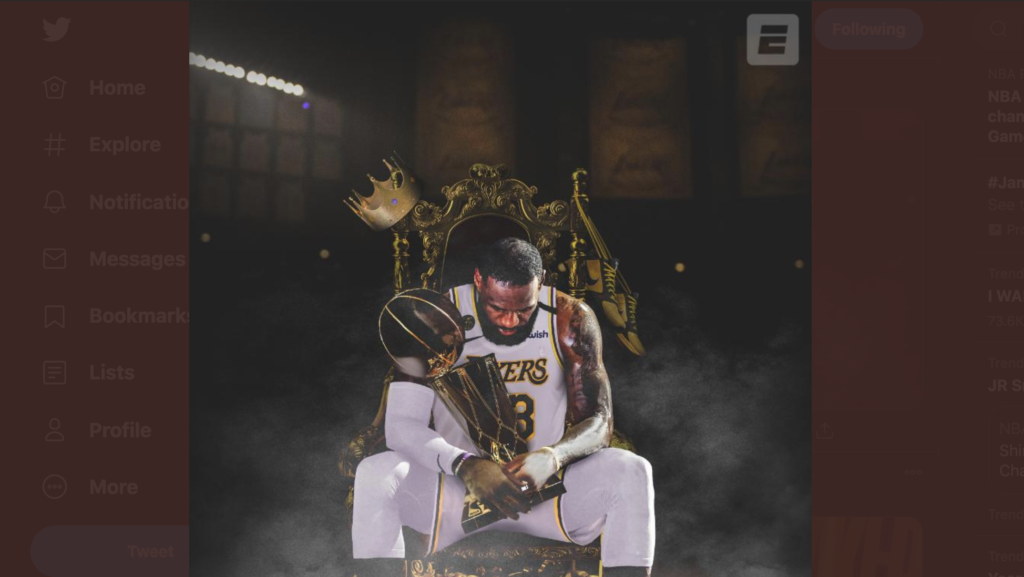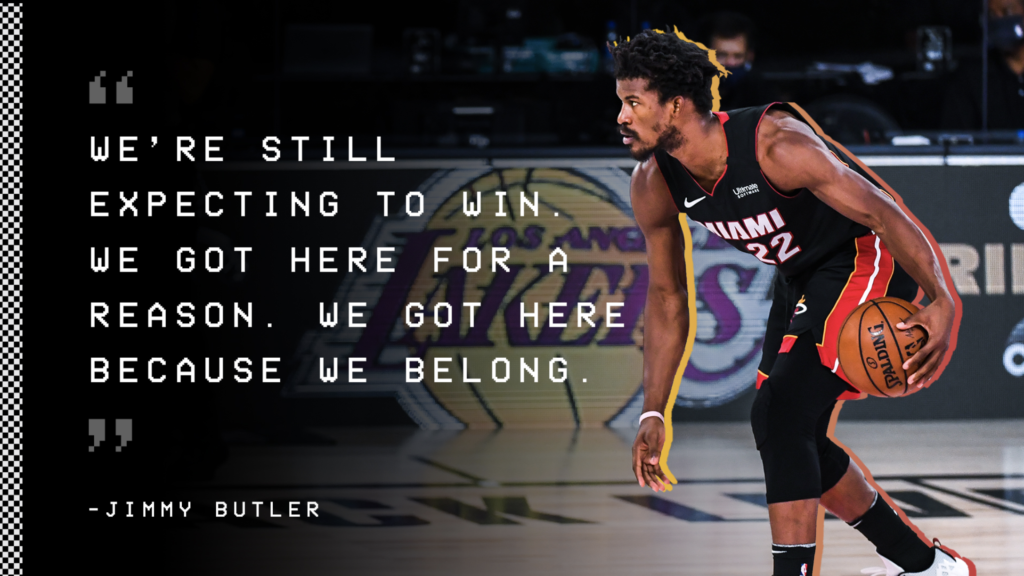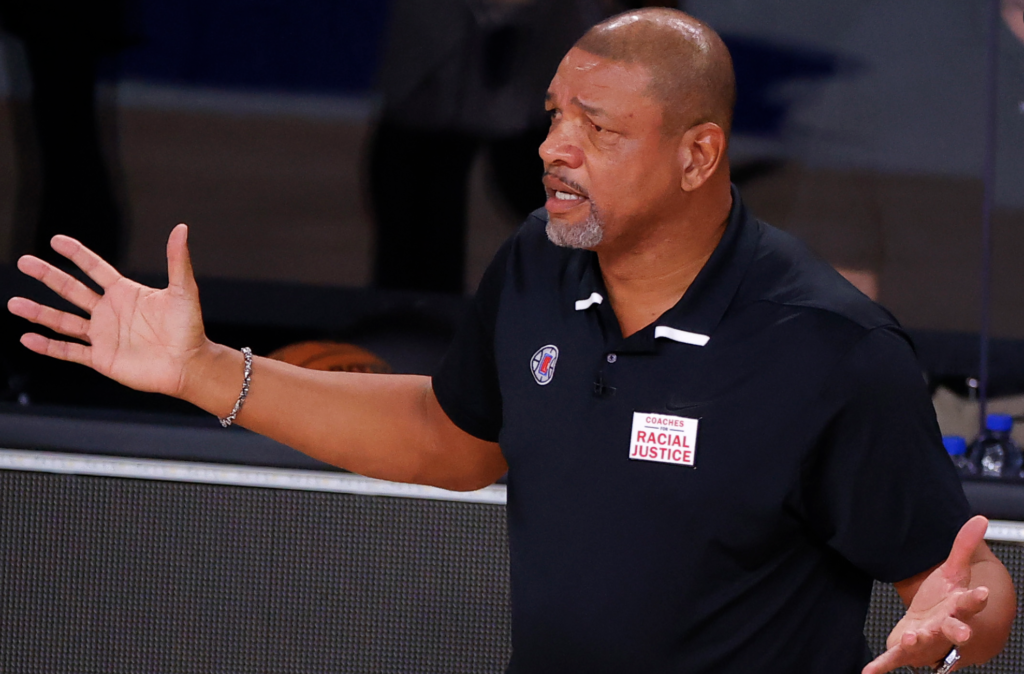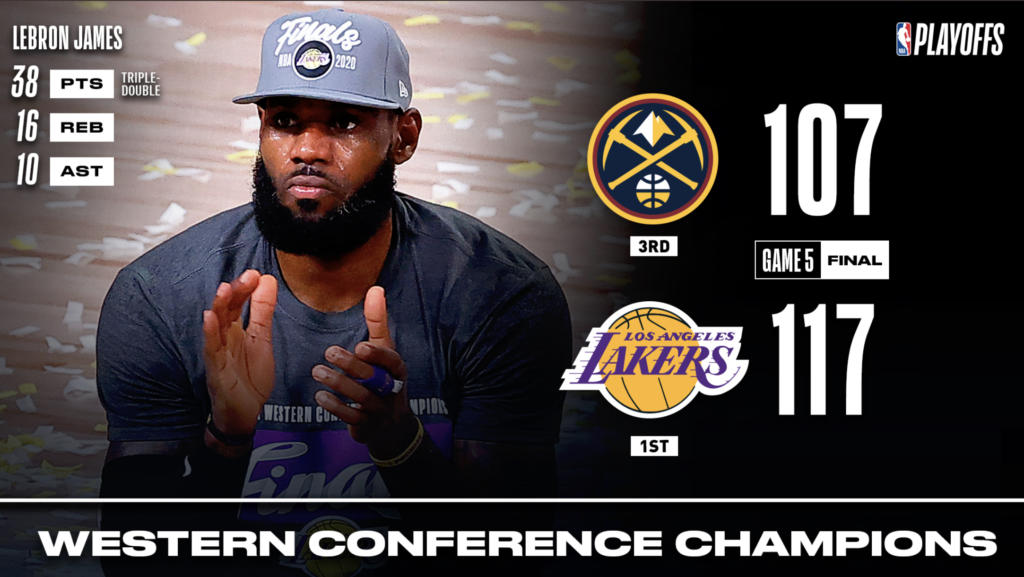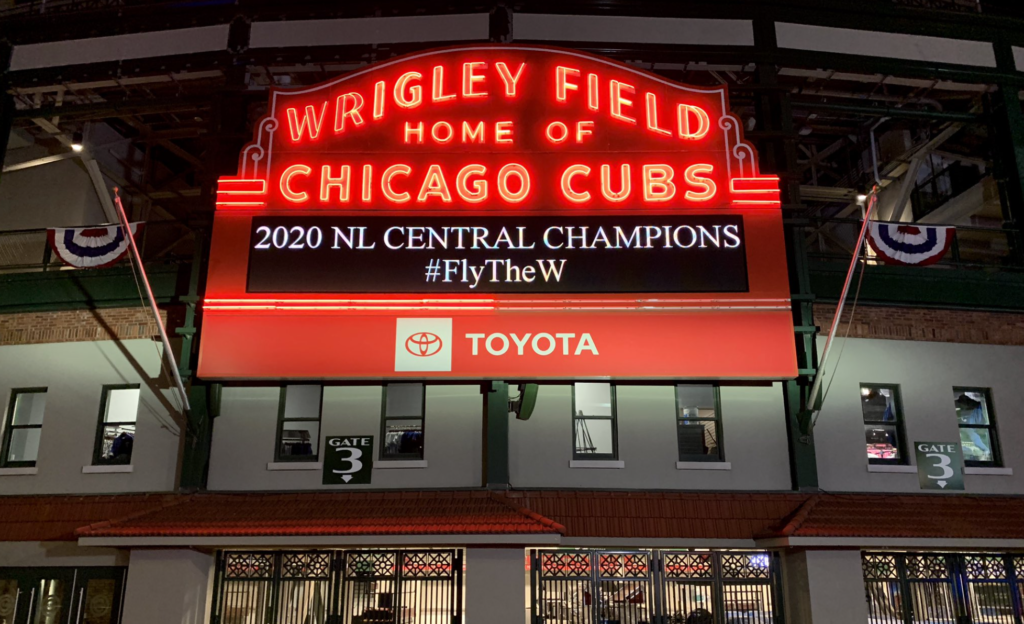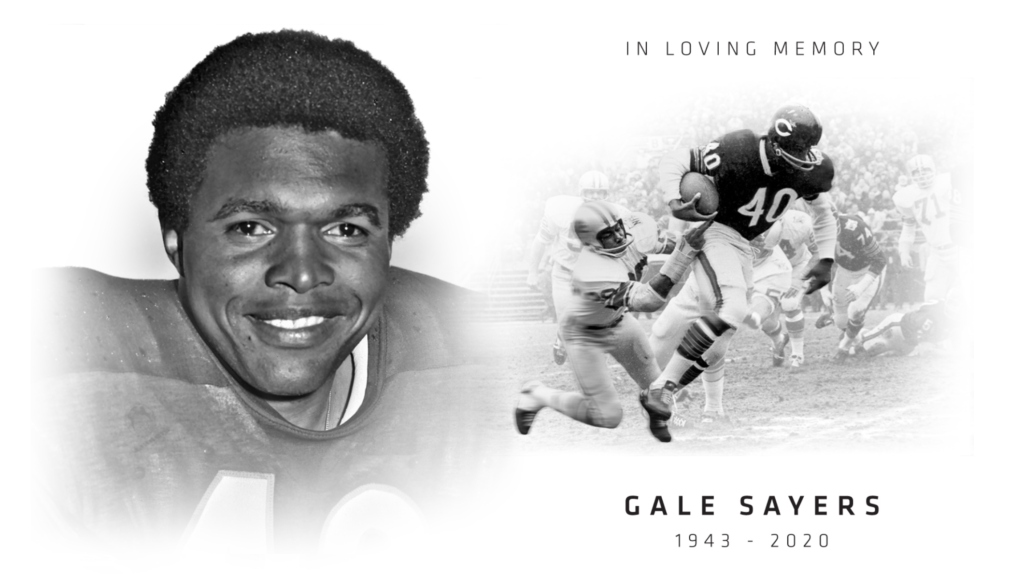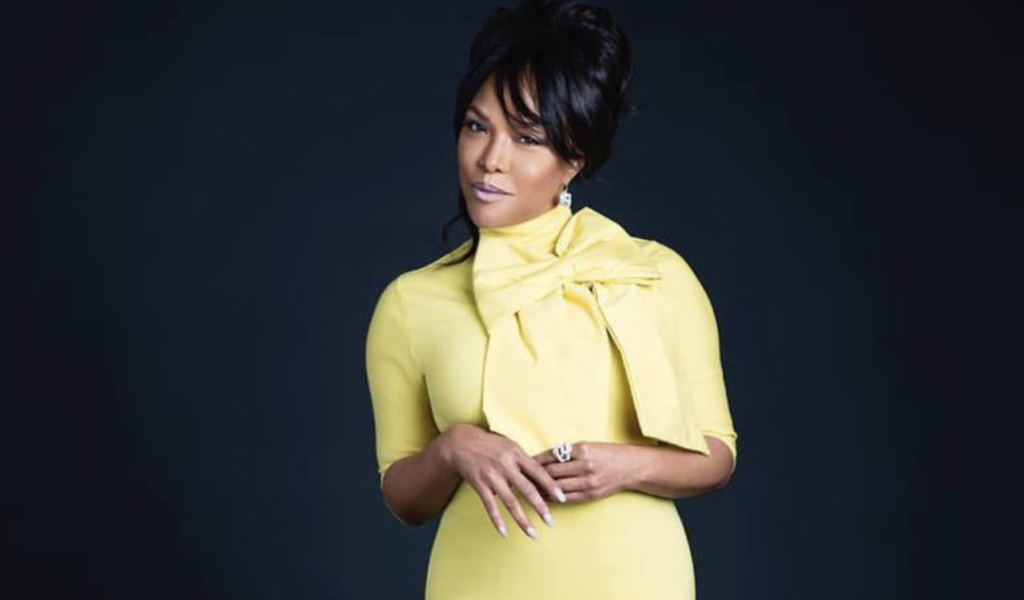Gone To The NBA Game in The Sky
16 Dec, 2016
Craig Sager, a colorfully dressed sideline fixture at NBA games for nearly four decades as a reporter for Turner Broadcasting, died Thursday at age 65 after a long and public battle with cancer, which transformed him into a national symbol of courage.
Sager was first diagnosed with acute myeloid leukemia in April 2014 and took an 11-month absence before returning to work. The disease returned shortly after, and last March, Sager said it was no longer in remission. He resumed treatment while continuing to work, doing playoff games for TNT mainly as a sideline reporter, his usual role for the network. This past July he underwent a third bone marrow surgery.
During the 2016 playoffs, he shuttled between treatment at MD Anderson Hospital, a Houston cancer center, and assignments in other cities. It was an exhausting schedule and the demands on his body were heavy, yet he explained: “I’m optimistic and I never complain. It’s something you have to do, so why complain? I’m a gambler. I like to beat the odds.”
Sager began his broadcasting career in 1972 earning $95 a week with WXLT in Sarasota, Fla., and two years later stood at home plate wearing a white coat and holding a microphone, waiting for Hank Aaron to circle the bases after breaking Babe Ruth’s career home run record. After he did freelance work at the 1980 MLB playoffs, Sager was hired by CNN in 1981, beginning a 35-year career at Turner-related companies.
“Craig Sager was a beloved member of the Turner family for more than three decades and he has been a true inspiration to all of us,” Turner President David Levy said in a statement. “There will never be another Craig Sager. His incredible talent, tireless work ethic and commitment to his craft took him all over the world covering sports.
“While he will be remembered fondly for his colorful attire and the TNT sideline interviews he conducted with NBA coaches and players, it’s the determination, grace and will to live he displayed during his battle with cancer that will be his lasting impact. Our thoughts and prayers are with Craig’s wife, Stacy, and the entire Sager family during this difficult time. We will forever be Sager Strong.”
NBA Commissioner Adam Silver said: “I — along with the entire NBA family — am deeply saddened by the passing of Craig Sager. Craig was as vital to the NBA as the players and coaches. A true original and an essential voice on Turner Sports’ NBA coverage for 26 seasons, Craig chronicled some of the most memorable moments in league history and was a ubiquitous presence with his splashy suits and equally colorful personality. Craig earned widespread respect for his insightful reporting and inspired so many most recently with his courage. Our hearts go out to his wife, Stacy; his children, Kacy, Craig Jr., Krista, Riley and Ryan; and his friends and colleagues.”
Silver added that NBA teams will be observing a moment of silence in Sager’s memory.
Sager was known and valued for his versatility, especially early in his career. His ability to connect with and report on many different events enhanced his reputation in the business, especially as a sideline reporter, a position that was relatively novel when he began. He also served as an anchor and won a CableAce award. He worked sidelines in baseball, basketball, college football, golf and tennis, and also extended his reach into several other, lesser-known sports. Sager reported from World Cup soccer, and skiing and curling for the Winter Olympics. He also worked for NBC for the Summer Olympics.
But Sager’s primary work was in the NBA and with TNT. He worked on TNT’s NBA coverage for 17 years, reporting from the sidelines. Sager worked once or twice weekly during the NBA season and increased his workload during the playoffs, often criss-crossing the country, jumping from one playoff series to the next.
“He was one of the hardest working people I’ve ever worked with,” said Hubie Brown, a long-time analyst, “and I’ve worked with everybody. He’d have these cards he used to write everything down in the meetings, things he thought were important. He’d find out the stories. Then he’d come by the table and drop a card to you during the game. What’s the big deal with that, you ask? That’s teamwork. Rather than keep the information for himself, he’d drop it for the TV guys so that you would have it to throw into the game. He’d never make a big deal of that.”
Sager didn’t just report on injuries sustained during games and chat with the star player on the winning team after the game. Sager often asked tough questions of coaches during televised timeouts and ventured into losing locker rooms to interview dejected players for follow-up reports. Through it all, Sager enjoyed a solid working relationship with coaches and especially players, many of whom watched him on TV as kids.
“Everything we do, he’s had a part in it,” said Ernie Johnson Jr., a colleague of Sager’s since 1989. “Just his whole personality and the way he approached his work and the joy he got out of it. He never lost sight of the fact we’re lucky to do this.”
Sager’s profile was famously enhanced by his choice of attire, which was always a colorful mix of neckties and suits. Sager first got the idea to dress outrageously in high school; rather than wear the traditional blue or black blazer for the senior class picture, he turned rebel and wore electric blue, inspired by the Monkees. He owned several dozen suits and blazers, rarely wearing them more than twice, and hundreds of ties. Sager didn’t casually suit up; he took great care in selecting fabrics and cool colors and creating outfits that made him comfortable and made him stand out from the crowd.
“He’s on the Mount Rushmore of sideline reporters, and Mount Rushmore has a lot more color to it as a result,” Johnson said. “But you can’t get lost in the wardrobe, because he (was) very good at what he did and cultivated a lot of great relationships with so many players. The reason you get this outpouring about Craig is they knew who he is, his work ethic and the way he doggedly went about the job.”
Sager was born June 29,1951, in Batavia, Ill. He was a star basketball player in high school and was recruited by Bob Knight to play at Indiana. Sager decided to walk on at Northwestern instead for both basketball and football. After suffering a pair of concussions returning kicks in his first year, he gave up sports and became Willie The Wildcat, the team mascot.
He was an exercise enthusiast throughout his life and especially gravitated toward distance running. Sager and his family made a tradition of running the Peachtree Roadrace, an annual 10K in his hometown of Atlanta. And his passion for running gave him an escape during the busy NBA season as well.
“No matter what city we’d be in, he’d leave the hotel and run eight to 10 miles,” said Brown. “Never worried about bad sections of town, or good sections, he didn’t care, he’d just take off. He kept beating the odds with his illness because of his incredible physical conditioning.”
On one assignment in April of 2014 in Chicago, he was unable to go on his daily run because of exhaustion. He continued to work that night at a Bulls’ game, but felt unsteady and sought help from the team medical staff. It was the start of his long battle with cancer.
Sager didn’t return to regular sideline reporting until 2015-16 and worked despite the disease returning for a third time. He struck up a kinship with Spurs coach Gregg Popovich and also Dwyane Wade, who designed special ties to benefit the Sager Strong Foundation, formed by the broadcaster to help others with leukemia.
“Not only did the coaches and players come to him, but the fans,” said Brown. “There was a game where he was sitting three seats away from us. You cannot believe how many people came out of the stands for his autograph and to take a picture with him.”
Sager spent the ’15-16 season shuffling between treatments in Houston and assignments for TNT that took him to various cities around the country. He would work playoff games in that city, then fly the next morning to Houston to undergo chemotherapy, then fly immediately to the next assignment in another city.
“He’s gone through more stuff, treatment wise, than anyone I’ve ever known,” said Johnson, a cancer survivor. “I’d stop by the hospital on the way to work, and see him, just to watch him and try to fire him up. And after talking with him, you’d walk out of there inspired, and say, `How did that happen?’ I was there to fire him up.”
He helped form the Sager Strong Foundation, a charity designed to help those fighting cancer, gathering proceeds from quirky T-shirts and a specially-designed sneaker; Sager often wore sneakers with his suits while working the sidelines. He was honored by ESPN and given the Jimmy V Perseverance Award for courage at the most recent ESPY awards show. Sager wore a bright blazer with roses (which influenced the Sager Strong T-shirts) and was moved to tears as he cited the cancer fight of Jim Valvano, the late North Carolina State basketball coach who said, “Don’t give up, don’t ever give up” as he struggled to stay alive.
Sager said: “Jimmy V’s inspirational message is on my phone and is a constant source of encouragement and inspiration. It’s always by my bedside at the hospital and I can read it anytime I want.”
Sager worked the NBA Finals for the first time in his career this summer. The Finals have been on ABC since 2003 and NBC before that, preventing Sager from doing the assignment. However, an agreement was worked out between the network and Turner to use Sager on Game 6 in Cleveland. He was given a standing ovation at Quicken Loans Arena.
Sager was unable to work the 2016 Olympics in Rio because of his third bone marrow transplant. Sager had worked the previous four Summer Games for NBC, on loan from Turner. He spent much of this summer undergoing treatment and was unable to join the Turner telecasts when the season began in October. Earlier this week, the Sports Broadcasting Hall of Fame named Sager as part of its 2016 class.
He is survived by five children: Craig Jr., who has twice donated bone marrow to keep his father alive, Krista and Kacy, all from his first marriage; along with Ryan and Riley from his wife Stacy. Craig and Stacy Sager also operated a number of businesses, including a sports bar in the Atlanta area.
NBA
Image TheCrossover
Mentioned In This Post:

